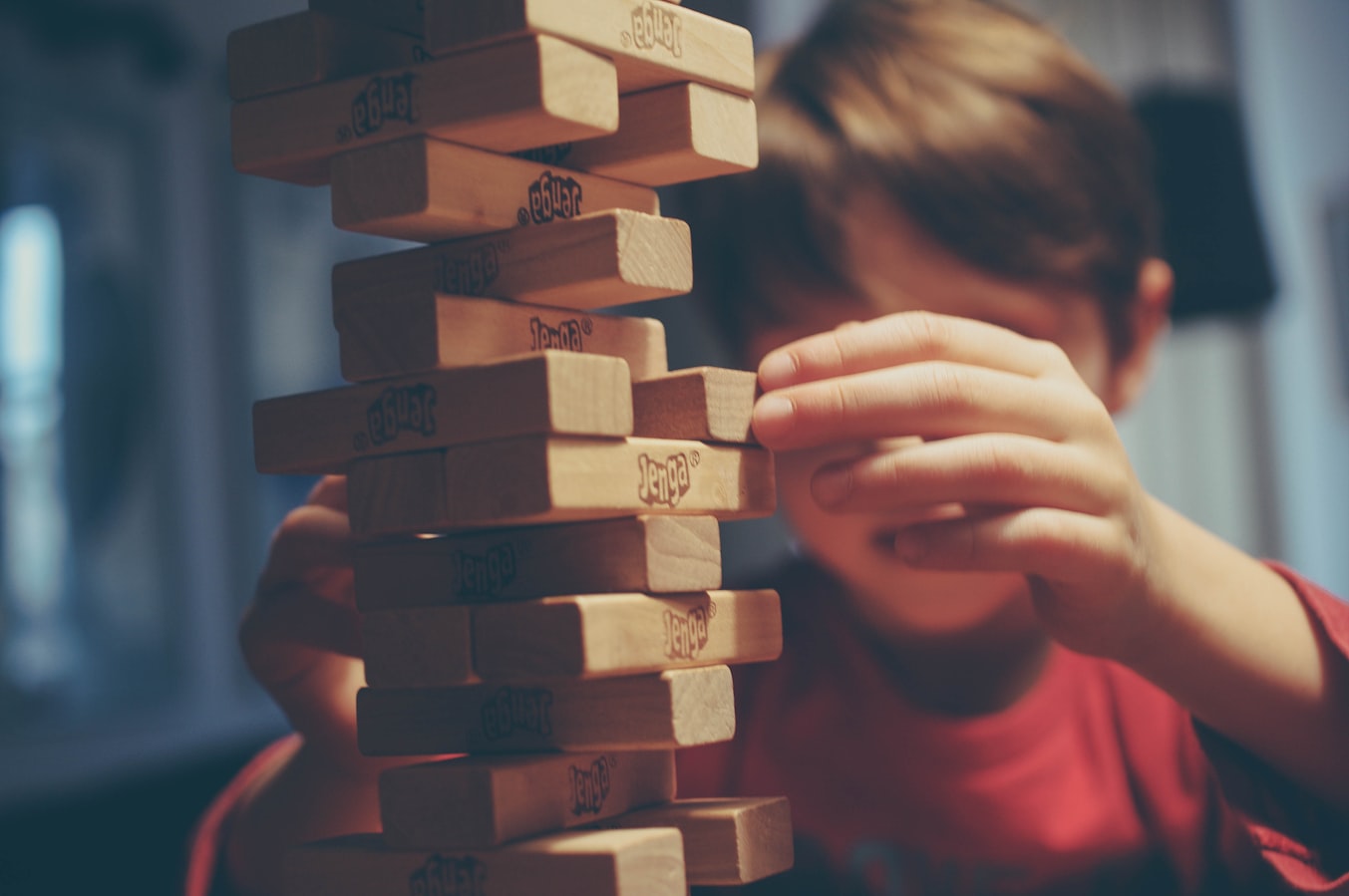Columbus Bradley Park
6501 Whitesville Rd
, #100
Columbus, GA 31904
Columbus, GA 31904
The article comes from mother.ly
Classic board games, like Chutes and Ladders, and card games like War are perfect for combining number cues with space.
This is one of the easiest ways for children to learn spatial dimensions, locations, and directions.
Ask your child to fold the laundry with you and arrange the socks in a simple pattern (such as, red, blue, red, blue). Notice the patterns in a nursery rhyme or a song. Talk about the direction you're driving, the spatial features of household objects, and the numbers on street signs.
"There's different little ways to entertain your kid and entertain yourself that can really focus on math," Zippert says.
Parents don't actually have to call these concepts "math." But if they can cultivate a child's curiosity and give them a good introduction to these concepts, they might find themselves with a kid who will enthusiastically embrace that term later in life.
According to the New York Times, an average secondary school has a class size of 24.3 students. That's a whole lot of kids for one math teacher. But the challenges teachers face don't end there. Students have individual learning styles (kinesthetic,..
Have you ever stopped to consider the extracurricular expenses parents pay? Dance, swim team, art lessons, basketball, traveling teams, etc. The list goes on and on. WinterGreen research estimates that "Families with children who take part in elite teams ..







